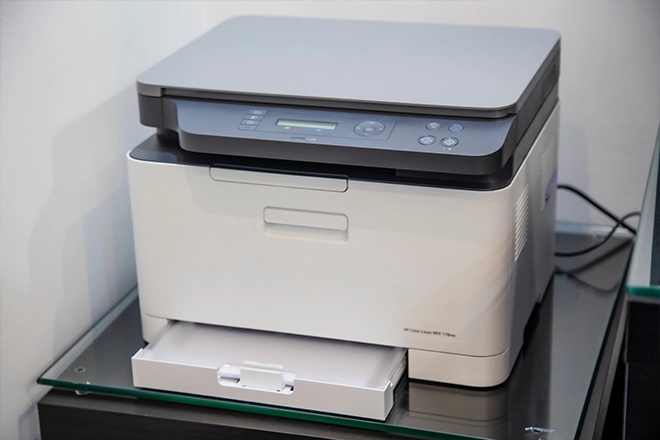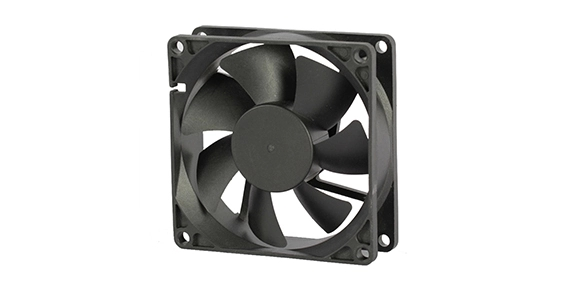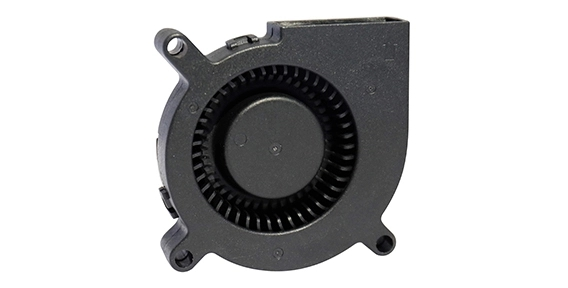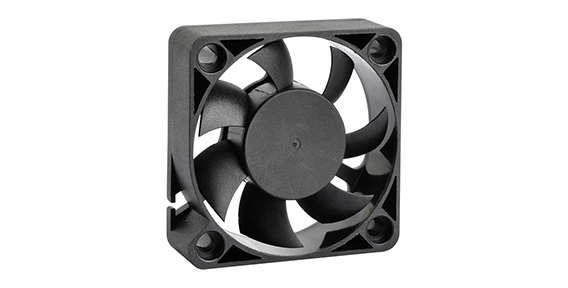Silent 3D printer fans have become a popular choice among 3D printing enthusiasts due to their ability to provide a quieter printing experience. In this article, we will explore the impact of fan noise on the overall printing experience, delve into the technology behind silent 3D printer fans, discuss user reviews and recommendations, and provide tips and tricks for maintaining and prolonging the lifespan of these fans.
The Impact of 3D Printer Fan Noise on the Overall Printing Experience
Fan noise can be quite disruptive during the 3D printing process, particularly in environments where quietness is desired. The constant humming and whirring of traditional fans can be distracting and even annoying, making it difficult to concentrate on other tasks or causing disturbances in quiet environments such as offices or homes.
Furthermore, the noise can also affect the overall printing quality. Vibrations from the fan noise can cause unintended movements, leading to imperfections in the printed object. Additionally, prolonged exposure to loud fan noise can be detrimental to one's hearing health.
Exploring the Technology Behind Silent 3D Printer Fan
Silent 3D printer fan utilizes advanced technology to minimize noise levels while maintaining efficient cooling capabilities. These fans are designed with precision bearing systems and high-quality materials to reduce friction and dampen vibrations. The fan blades are optimized to create airflow with minimal turbulence, contributing to quieter operation.
Additionally, these fans often incorporate sound-dampening materials and insulation layers to further reduce noise transmission. By employing these innovative technologies, silent 3D printer fans can offer a much quieter printing experience without sacrificing cooling efficiency.

User Reviews and Recommendations for 3D Printer Fan
User reviews of axial flow fan applications have been overwhelmingly positive. Many users have praised the significant reduction in noise levels, allowing them to work in quiet environments without disruption. Some have even reported that the reduced noise has improved their overall printing experience by eliminating distractions and providing a more enjoyable process.
Recommendations from experienced users often include considering the airflow requirements of your specific printer model and selecting a fan with appropriate specifications. It is also advised to choose a reputable brand known for producing high-quality silent fans, such as Xie Heng Da.

Tips and Tricks for Maintaining and Prolonging the Lifespan of a Silent Fan in a 3D Printer
To ensure optimal performance and longevity of your silent 3D printer fan, it is essential to practice proper maintenance. Regularly clean the fan blades and remove any dust or debris that may accumulate over time. This will help prevent issues such as reduced airflow or increased noise due to the obstruction.
Furthermore, it is recommended to lubricate the fan bearings periodically to maintain smooth operation. However, be cautious not to over-lubricate, as excessive lubrication can attract dust and debris.
In conclusion, silent 3D printer fans offer an excellent solution for those seeking a quieter printing experience. They significantly reduce fan noise, improving the overall printing quality and providing a more enjoyable environment. With advancements in technology, these fans have become more efficient, ensuring optimal cooling capabilities while keeping noise levels to a minimum. By following proper maintenance practices, users can prolong the lifespan of their silent fans and continue to enjoy the benefits they offer.
Other Popular Cooling Fan Articles Searches at Xie Hengda:

 EN
EN 

 +
+
 +
+
 +
+



